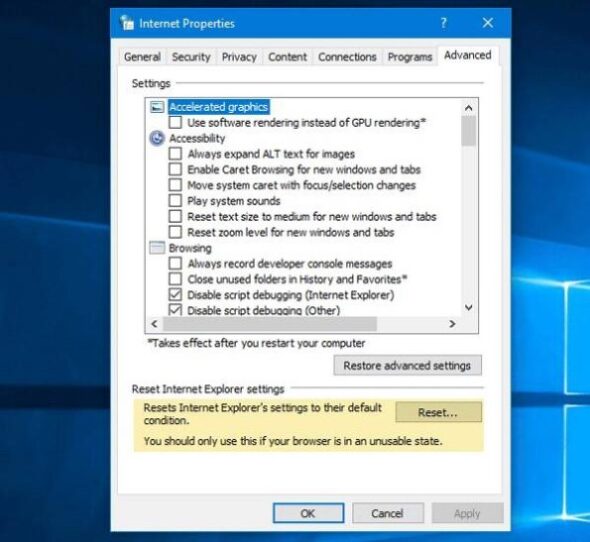Have you ever encountered a mysterious file with a .ptx extension and wondered what it is or how to open it? You’re not alone. PTX files are less common than some other file formats, but they’re still important in specific industries and software environments. Whether you’re working in music production, digital imaging, or documentation, a PTX file could be in your path. So, what exactly is a PTX file, and how do you deal with one when it crosses your desk?
What Is a PTX File?
The .ptx file extension isn’t exclusive to a single file type or program — instead, it’s used across a few different software categories. That means understanding a PTX file starts with identifying which type you’re dealing with. Let’s take a look at the most common types:
- Pro Tools Session File — A digital audio workstation file used by Avid Pro Tools.
- Pinnacle Studio Project File — A video editing project file used by Corel Pinnacle Studio.
- LaTeX PTX Document — A PreTeXt file format for academic and technical publishing using LaTeX.
- 3D Scanning Point Cloud File — A file format used to store point cloud data from 3D scans.
Each of these PTX files is created and opened by different applications, and they serve very different purposes. Let’s break them down one by one.
1. Pro Tools PTX Files
If you’re involved in the world of music and audio production, there’s a good chance you’ve come across PTX files as Pro Tools session files. These are used by Avid’s Pro Tools, a top-of-the-line Digital Audio Workstation (DAW) software used by professional audio engineers, musicians, and producers around the world.
PTX files created by Pro Tools store entire music session setups including:
- Track compositions
- Audio and MIDI regions
- Effects and plugin data
- Mixing settings
These files don’t store the actual audio. Instead, they reference location paths for associated audio files on your drive. So without the accompanying audio, the PTX file won’t do much on its own.
To open a Pro Tools PTX file, you simply need an installation of Avid Pro Tools, preferably the version that matches the one used to create the file. While PTX files are not backward-compatible in every case, newer versions of Pro Tools are usually able to open older formats.

2. Pinnacle Studio PTX Files
Another type of PTX file comes from the video editing world — more specifically, from Pinnacle Studio. These PTX files are project files that contain information about a specific video editing session, such as:
- Timeline orientation
- Video effect placements
- Transitions
- Audio overlays
Like Pro Tools’ PTX files, Pinnacle Studio versions of the format don’t hold the actual multimedia content but instead reference files you’ve imported into your project. They are lightweight but essential for saving and resuming complex editing projects.
To open a Pinnacle Studio PTX file, simply double-click it if Pinnacle Studio is installed. Otherwise, you can open the file through the program by selecting File → Open Project.
3. PreTeXt PTX Files (LaTeX)
In an entirely different realm, PTX files are also used by an XML-based system called PreTeXt. This system is typically used in academic publishing, especially for textbooks in mathematics or technical subjects. The PTX file in this case is a plain text XML file designed to be compiled into PDFs, HTML, or EPUB formats through LaTeX processing tools.
These PTX documents carry code that defines:
- Sections, chapters, and subsections
- Mathematical notation
- Figures and tables
- Indexing and references
To work with one of these PTX files, you’ll typically use the PreTeXt ecosystem, which may include tools like ptxprint or other LaTeX compilers. Unlike the multimedia-based PTX files above, this one can be edited with a simple text editor like VS Code, Sublime Text, or even Notepad — though specialized tooling helps in rendering and validating the content.
4. 3D Scanning Point Cloud PTX Files
PTX files are also used in the context of point cloud data in 3D scanning. Generated by advanced 3D scanners like those from Leica or FARO, these PTX files store extensive data points in 3D space to recreate precise replicas of physical structures such as buildings or archaeological sites.
The Point Cloud PTX format includes:
- Coordinate data (X, Y, Z)
- Color or reflectivity values
- Scanner origin and direction
To open this kind of PTX file, you typically need specialized software like:
- Autodesk ReCap
- Leica Cyclone
- CloudCompare (open source)

3D PTX files are often very large because they store enormous amounts of data. As a result, opening and navigating them requires a powerful computer with good graphics support.
How to Determine a PTX File’s Type
Because PTX files are used by multiple applications, it’s important to figure out which type you’ve got in front of you. Here are a few tactics to identify your PTX file:
- Check the Source — Where did the file come from? If it’s from a music producer, it’s likely a Pro Tools file. If it came from a mathematician or academic context, it’s probably from PreTeXt.
- File Size — Large file sizes may point to 3D scanning PTX files.
- Open with Text Editor — Some PTX files, like those from PreTeXt, are human-readable with XML structure. If you open it in Notepad and see readable tags, it’s probably an academic document.
Can You Convert a PTX File?
Conversion options really depend on what type of PTX file you’re dealing with. Generally:
- Pro Tools PTX files can export audio into MP3, WAV, or AIFF formats but not into other DAW session formats like Cubase or Ableton directly.
- Pinnacle Studio PTX files output video formats such as MP4, AVI, or MOV.
- PreTeXt PTX files can be compiled into readable PDFs, HTML eBooks, or EPUB files.
- 3D PTX files can sometimes be converted to other point cloud formats such as LAS, PLY, or XYZ using tools like CloudCompare or ReCap.
So, while you may not be able to convert the PTX file itself into another format directly by renaming it, you can generally convert its output or underlying data using the appropriate software tools.
Common Problems with PTX Files
Here are a few issues users sometimes have with PTX files:
- Missing Media — In Pro Tools and Pinnacle Studio, PTX files reference media stored separately. If you don’t have those, the project won’t load fully.
- Version Compatibility — Some PTX files only work with specific software versions.
- Opening the Wrong Type in the Wrong Program — A Pinnacle PTX file won’t open in Pro Tools, for example — double-check the type first!
Final Thoughts
PTX files might not be as common as PDFs or DOCXs, but they play a vital role in certain professional fields like audio editing, video production, academic publishing, and 3D scanning. Understanding what kind of PTX file you’re dealing with will help you avoid confusion and allow you to open or convert it with confidence. Always check the origin of the file, and when in doubt, opening it with a text editor




